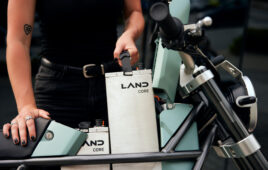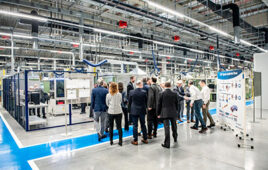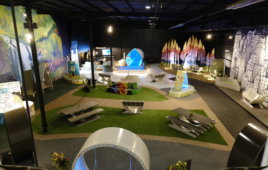This piece originally ran on the blog of CleanEdison, a renewable energy training company based in New York. It is reprinted here with permission.
By Comly Wilson, Marketing Associate, CleanEdison
Okay, so you’ve got some equipment, you’ve got some know-how and you are ready to get out there and become a solar installer. Sounds easy enough, I mean everyone is talking about it, right? Well yes, but before you start going onto people’s roofs and drawing high-voltage DC electricity from the sun, you should know the common mistakes that others (many others) have made before you. This is by no means a list of all the questions you will have, or problems you will run into, but it should help dispel some misconceptions you may have about solar energy.
Mistake #1
I learned that solar PV panels lose their efficiency as they get hotter, but I also know that solar thermal collectors use water heated by the sun for use in the home. I could just use the water to simultaneously cool the PV panels and then get heated for hot water use, I’m a genius!
The Truth:
I don’t blame anyone for thinking this, I know I did at first, as I’m sure 90% of people first learning about solar energy have. The truth is that the math doesn’t work out. In order for your hot water to be a sufficient for uses such a showering and washing dishes, it should be in the tank at 120° Fahrenheit, which means it would have to be 130°F on the roof and the solar panels would have to be 140°-150°F. This is a far cry from the optimal temperature of most solar PV brands at 77°F. So either you’ll be showering in cold water, or you’ll be waiting an awfully long time to get a return on those inefficient solar panels (which you’ll need to combat the 140° temperature outside)
Mistake #2
I’m just going to install a small stand-alone system to power one or two things, like the air conditioning and refrigerator.
The Truth:
AC and refrigeration are the two biggest energy users in a home. A small system not tied to the grid would have a lot of trouble running the AC and refrigerator consistently. If you’re going to install a small standalone system, connect it to smaller end-uses, such as the computer, TV, or lighting fixtures. There is nothing wrong with a small system, but having it grid-tied can help tackle those big energy users while keeping the consistency you want.
Mistake #3
It seems like the competition is overcharging for installations, I just checked the prices of solar panels and they’re dropping like stones.
The Truth:
The truth is that, while the costs of panels themselves have dropped tremendously in recent years, the installation costs have only dropped slightly. There are plenty of other materials that go into a solar installation that you will need (and be expected to supply). The racking, DC disconnects, heavy gauge wiring and other BOS (balance of system) hardware can add up to more than the panels themselves – making the real installation costs close to where you notice the competition (and don’t forget about your labor). These are simply expenses that you cannot overlook, solar PV systems are dangerous and the safety of yourself and the home owners could be compromised if you buy cheap or faulty auxiliary components.
Mistake #4
Wait, What!? How is a 3 kilowatt system supposed to make a dent in a house that uses 600 kilowatts a month?
The Truth:
Kilowatts (kW) are a measure of instantaneous electricity generation (e.g. right now your system is producing 3kW), whilst kilowatt-hours are a measure of cumulative electricity usage/generation over time (e.g. your system produced 8kWh of solar power today, and your home used 16kWh of power to run its appliances.) When referring to solar PV system capacity, the term kW is usually used – this indicates the ‘peak’ capacity of the panels or system. Real-life production will likely be lower, depending on conditions.
Mistake #5
Getting grid-tie approval sounds impossible. I’m just going to add more batteries to my system and switch back to the grid only when these get low.
The Truth:
The approval process for grid-tied systems can be quite difficult (although the DOE is making it lowering it a priority), but the opportunity cost of purchasing batteries will be clear once you realize the upfront cost and lack of longevity. Most batteries only last a year and a half if they are routinely discharged to 50% or below. On the other hand, batteries that are connected to a hybrid inverter that keeps them float charged all the time while feeding excess power back to the grid can last upwards of 20 years.
Mistake #6
It’s sunny from 8 AM to 6 PM here, so my I can expect the panels to run at full power for about 10 hours a day.
The Truth:
Most systems really see full power for only a few hours a day; the rest of the time the sun is at an angle to the panels to get to full power. Thus 10 hours of daylight might give you only 4 hours of equivalent direct sun – and direct sun is what you have to base your total energy output on.
Hopefully this will help future installers avoid the mistakes and misconceptions of many before them. Of course, with the proper solar training, these mistakes would have been remedied before you ever left the classroom. In any case, it is a good idea to go out with an experienced installer for the first several installations to really cement your knowledge and skills.
Filed Under: Green engineering • renewable energy • sustainability




